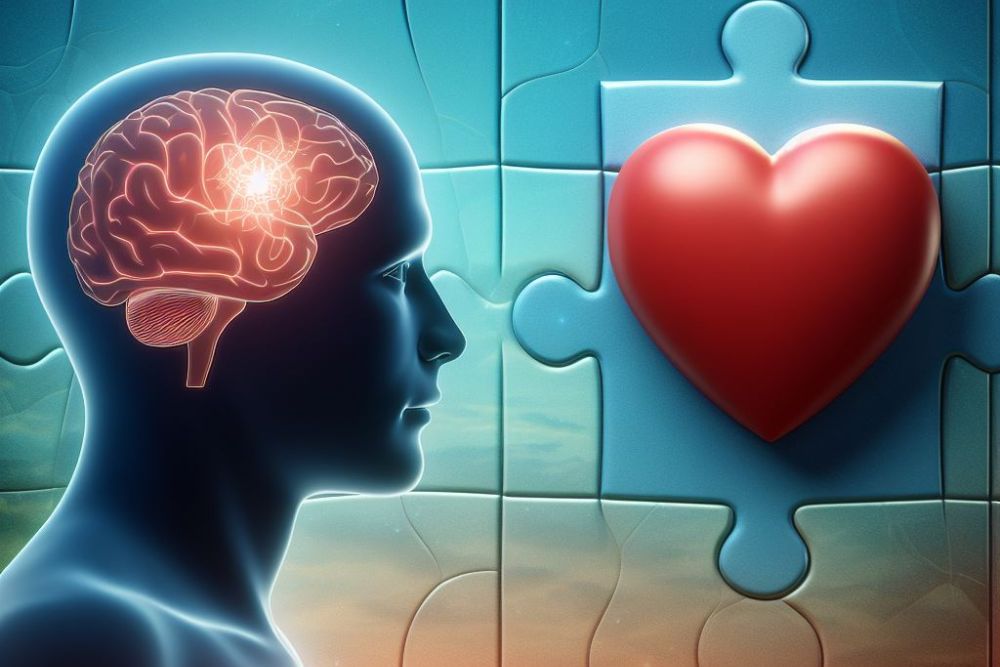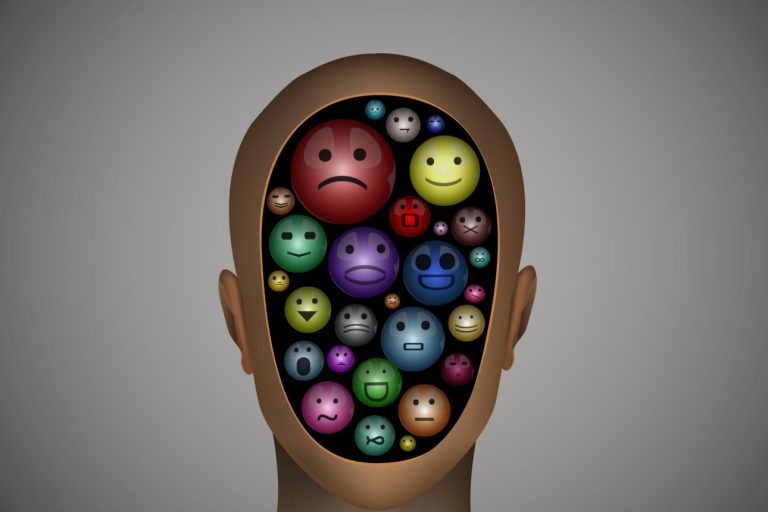Understanding Emotions: The Heart of the Human Experience
Introduction
Emotions are the invisible forces that shape our lives. They influence how we think, how we behave, how we connect with others, and how we view the world around us. Joy, sadness, anger, fear, love—these aren’t just feelings; they are signals, pointing to what matters most to us. Learning to understand and navigate our emotions is key to developing emotional intelligence and leading a more mindful, connected life.
What Are Emotions?
Emotions are psychological and physiological responses to internal or external stimuli. They help us:
-
Respond quickly to danger (fear)
-
Form bonds and attachments (love)
-
React to unfairness or threats (anger)
-
Reflect on loss or disappointment (sadness)
-
Celebrate success or connection (joy)
While emotions are universal, how we express and interpret them can vary greatly depending on culture, personality, and life experience.
Why Emotional Awareness Matters
Emotional awareness is the ability to recognize and name what you’re feeling in the moment. This self-awareness is the foundation of:
-
Mental health: Suppressing or ignoring emotions can lead to anxiety, depression, or burnout.
-
Relationships: Understanding your emotions helps you communicate clearly and empathize with others.
-
Decision-making: Emotions influence choices more than we realize—being aware of them prevents impulsive decisions.
Learning to pause, reflect, and label what you’re feeling can transform the way you relate to yourself and others.
Common Myths About Emotions
Many people grow up believing myths that hinder emotional growth, such as:
-
“Feeling sad means you’re weak.”
-
“Anger is always bad.”
-
“You should always be happy.”
The truth is, all emotions are valid. They serve a purpose, even when uncomfortable. Sadness can deepen empathy. Anger can highlight injustice. Avoiding emotions doesn’t eliminate them—it only pushes them beneath the surface, where they may grow in intensity.
Managing Emotions in Healthy Ways
It’s not about suppressing emotions, but learning how to process and regulate them effectively. Here are a few tips:
-
Name the feeling: Give your emotion a label—“I feel anxious,” “I feel frustrated,” “I feel excited.”
-
Allow the emotion: Instead of judging it, give it space. Emotions naturally rise and fall when acknowledged.
-
Express it constructively: Talk to someone, journal, exercise, or engage in creative outlets like music or art.
-
Pause before reacting: Especially in moments of anger or stress, taking a breath before responding can prevent regret.
Over time, this emotional agility builds resilience and inner peace.
Emotions and Empathy
Being in tune with your own emotions makes it easier to understand others. Empathy is the bridge that connects human hearts. When you listen without judgment and respond with compassion, you’re not just understanding their words—you’re acknowledging their emotional reality.
Conclusion
Emotions are not obstacles—they are guides. They give color to life, depth to relationships, and meaning to moments. When we learn to embrace, understand, and express our emotions with awareness, we step into a more authentic and emotionally fulfilling way of living. So instead of fearing your feelings, let them teach you. Because in the end, to feel deeply is to live fully.






